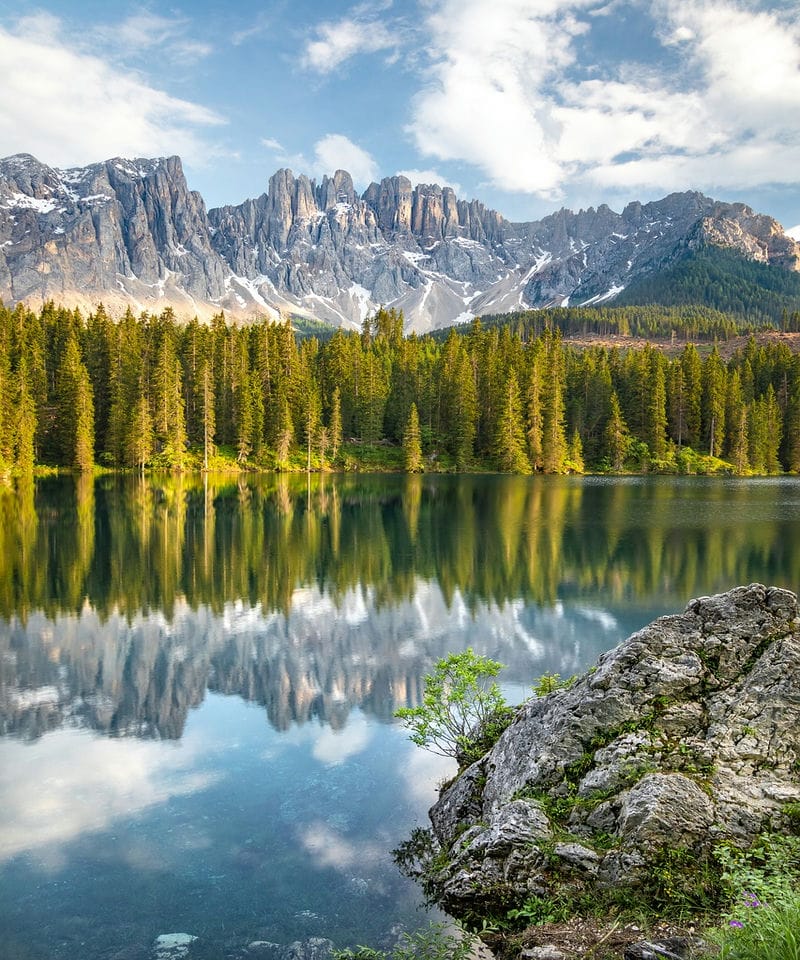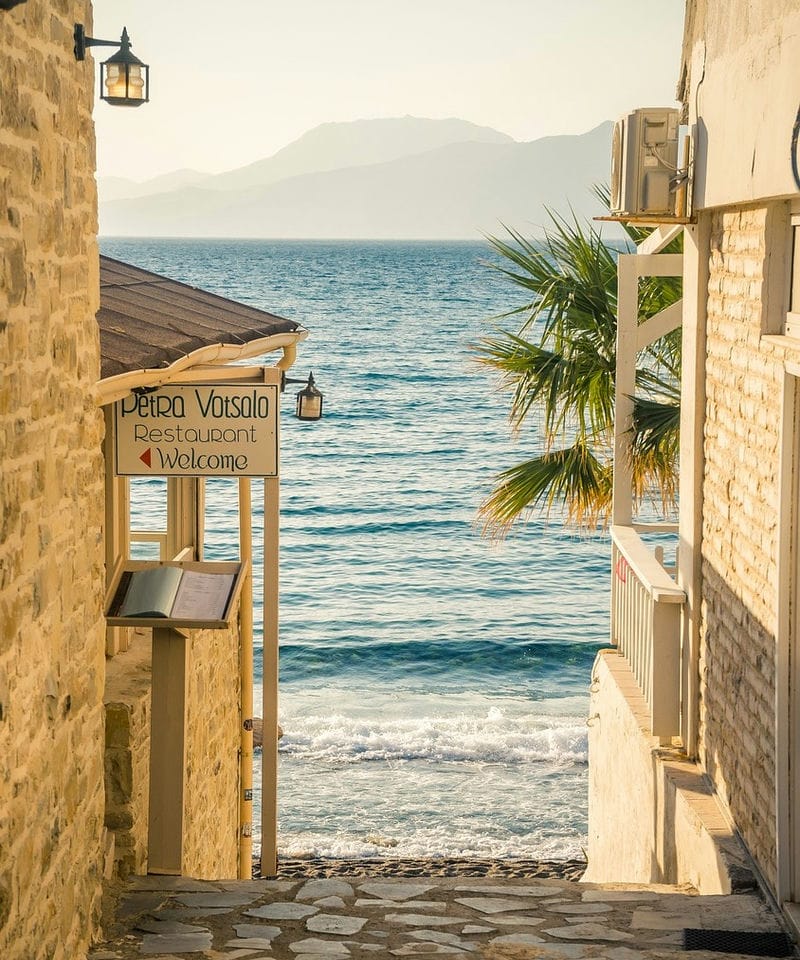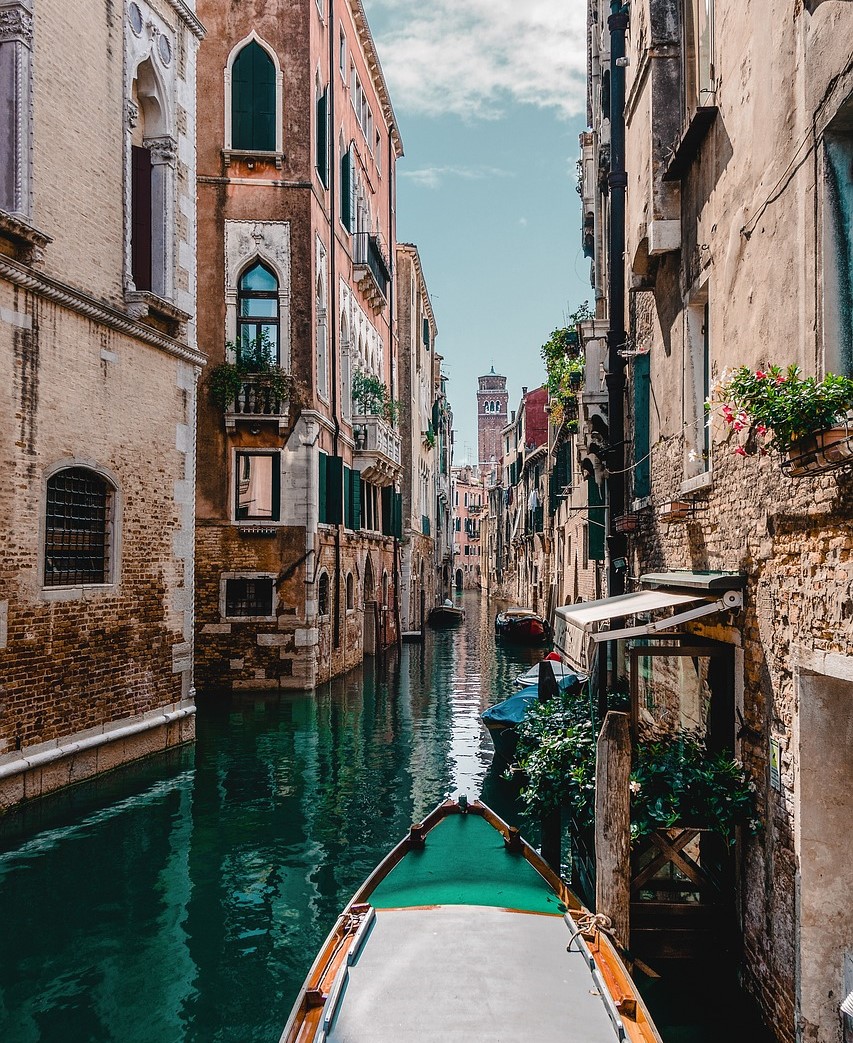
Italian Coffee: Origins, Brewing Methods, and Cultural Significance
Key Takeaways
- Italian coffee is both a daily habit and a cultural tradition.
- Many types of Italian coffee offer unique flavors and experiences.
- Coffee in Italy connects people and enriches social life.

Italian coffee holds a special place in daily life, not just as a drink but as a cherished ritual.
Italian coffee culture is known for its iconic espresso, a concentrated shot of coffee that represents both tradition and craftsmanship.
From bustling coffee bars to quiet mornings at home, Italians have developed a unique way of enjoying and sharing their favorite brews.
The variety is impressive, with options like caffè latte topped with whipped cream, cappuccino, and macchiato finding their own moments in the day.
Each type serves its purpose, whether it's a quick pick-me-up or a social event at a neighborhood café.
Exploring Italian coffee means discovering both the rich history and the modern traditions that continue to shape its identity.
History Of Italian Coffee

Coffee first arrived in Italy in the 16th century.
It came through Venice, a city with strong trade connections to the Middle East and the Ottoman Empire.
At first, only the wealthy enjoyed coffee.
Over time, more people gained access to it.
The drink grew in popularity in cafes and public spaces.
By the 1600s, Venice had become a main port for importing coffee to Europe.
This development led to the opening of coffeehouses, where people gathered to talk and relax.
Types of Italian coffee drinks that have developed include:
- Espresso
- Cappuccino
- Macchiato
- Caffè lungo
In 1884, Angelo Moriondo from Turin patented a machine to brew coffee quickly.
This invention marked an important step in the creation of espresso.
He wanted to serve coffee fast, which later became a symbol of Italian coffee culture.
During the 20th century, espresso became the base for most Italian coffee drinks.
Different regions began to create their own traditions and ways to enjoy coffee.
Today, Italian coffee is known for its strong flavors and focus on quality, proving that it's more than just a beverage.
The tradition continues in homes and coffee bars throughout the country.
Types Of Italian Coffee

Italian coffee culture has several popular drinks.
Each one uses espresso as its base.
The style changes by adding milk, water, or other ingredients.
Espresso is called caffè in Italy and is a small, strong shot of coffee.
If someone wants a milder version, they can order a Caffè Lungo.
This drink uses more water, making it lighter and less strong.
A Cappuccino mixes equal parts espresso, steamed milk, and milk foam.
Italians usually drink it in the morning.
For those who want a bit of milk but not as much as a cappuccino, there is the Caffè Macchiato.
This is an espresso "stained" with just a small amount of milk.
Caffè Latte is made with plenty of steamed milk and a shot of espresso.
It is creamier and not as strong.
The Espressino is a small drink from southern Italy, combining espresso, cocoa, and milk.
Here is a table showing some types of Italian coffee drinks and their main ingredients:
|
Coffee Drink |
Milk |
Foam |
Alcohol |
Cooled |
Cocoa |
|---|---|---|---|---|---|
|
Espresso |
No |
No |
No |
No |
No |
|
Caffè Lungo |
No |
No |
No |
No |
No |
|
Cappuccino |
Yes |
Yes |
No |
No |
No |
|
Macchiato |
Yes |
No |
No |
No |
No |
|
Caffè Latte |
Yes |
Yes |
No |
No |
No |
|
Marocchino |
Yes |
Yes |
No |
No |
Yes |
|
Shakerato |
No |
No |
No |
Yes |
No |
|
Corretto |
No |
No |
Yes |
No |
No |
|
Freddo |
No |
No |
No |
Yes |
No |
|
Espressino |
Yes |
No |
No |
No |
Yes |
Some drinks, like Caffè Corretto, add a bit of alcohol to espresso, enhancing the caffeine experience.
Others, like Shakerato and Freddo, serve coffee chilled or over ice.
Marocchino mixes cocoa powder or hot chocolate with espresso and milk foam.
Of course, one cannot forget crema di caffè, which is a popular Italian summer treat, especially found in cafés and bars.
It's a cold coffee dessert that combines espresso, sugar, and cream (or sometimes milk) into a smooth, semi-frozen mousse-like consistency.
Think of it as a cross between a soft coffee-flavored gelato and a whipped frappé.
It’s typically served in small glasses or cups and enjoyed as a refreshing pick-me-up on hot days.
Many cafés use a special machine to churn and chill it continuously, keeping the texture airy and velvety.
Italian Coffee Rituals And Etiquette

Coffee in Italy is more than just a drink—it is an important daily custom.
Italians often begin their morning with a coffee, usually a cappuccino or a caffè latte, enjoyed at the bar with a pastry.
After noon, Italians rarely order cappuccino or other milky coffees.
They switch to espresso (called 'caffè') for the rest of the day.
Asking for a cappuccino after breakfast can mark someone as a tourist.
Coffee breaks, known as 'pausa caffè,' are short and often taken standing at the bar.
These moments allow people to socialize and connect with friends or colleagues.
Here is a simple overview of Italian coffee customs:
|
Time of Day |
Usual Coffee Choice |
|---|---|
|
Morning |
Cappuccino, caffè latte, caffè macchiato |
|
Afternoon/Evening |
Espresso (caffè), caffè macchiato |
Some key points of etiquette include:
- Drink espresso quickly at the counter, not sitting for long periods.
- Avoid ordering flavored syrups or large sizes, as they are not traditional.
- Ordering “latte” will get you just milk; always say “caffè latte” instead.
In Italy, coffee usually comes after dessert at dinner as its own course, marking the end of the meal.
The Art Of Making Italian Coffee

Making Italian coffee is a careful process and a social ritual.
It often starts with picking high-quality Arabica or Robusta beans.
Many Italians prefer a medium to dark roast for a richer flavor.
The most common way to brew perfect Italian coffee at home is with a moka pot.
This device creates strong coffee that is similar to espresso without using boiling water.
Steps to make a moka pot coffee:
- Fill the base with cold water up to the safety valve.
- Add ground coffee to the filter, but do not press it down.
- Assemble the pot, then place it on the stove over medium heat.
- Remove when the top chamber fills with coffee.
A simple table for a moka pot needs:
|
Item |
Notes |
|---|---|
|
Water |
Cold, up to the valve line |
|
Coffee |
Medium-fine ground, not packed |
|
Moka pot |
Fully dry, clean |
For many Italians, coffee is more than a drink.
It is a daily habit to pause and enjoy a small, rich cup known as caffè.
Many add just a bit of sugar or drink it as is, without milk.
Cappuccino is usually enjoyed only in the morning.
Cleaning the equipment after each use keeps the taste fresh for every cup.
Italian Coffee Brands And Industry

Italy is home to many well-known coffee brands. Some of the most famous are Lavazza, Illy, Kimbo, Caffè Vergnano, and Segafredo Zanetti.
Each brand has its own style and roasting methods.
Top Italian Coffee Brands
|
Brand |
Known For |
|---|---|
|
Lavazza |
Wide range, blends |
|
Illy |
100% Arabica, smooth taste |
|
Kimbo |
Neapolitan blends |
|
Caffè Vergnano |
Traditional blends |
|
Segafredo Zanetti |
Espresso culture |
Many Italian coffee brands ship their products worldwide. They offer coffee in different forms, such as whole beans, ground coffee, and capsules.
The Italian coffee industry includes both large companies and small, local roasters. Lavazza leads the industry by revenue, while many smaller brands focus on high-quality and specialty coffees.
Coffee remains a big part of daily life and business in Italy. The industry continues to grow, with steady demand at home and abroad.
Italians enjoy coffee not only in cafés but also at home and in offices.
Italian Coffee And Food Pairings

Italian coffee is often enjoyed with foods that highlight its strong flavors. Many Italians start their day with a small breakfast, usually pairing espresso or cappuccino with a light pastry, such as a cornetto or a simple cookie.
Espresso is commonly served after meals with a piece of dark chocolate. The bitterness of the coffee and the sweet, rich taste of the chocolate work well together.
Here are some popular Italian coffee pairings:
|
Coffee Type |
Typical Food Pairing |
|---|---|
|
Espresso |
Dark chocolate, biscotti |
|
Cappuccino |
Cornetto, toast with jam |
|
Macchiato |
Almond cookies |
|
Affogato |
Vanilla ice cream |
Some people enjoy a slice of bread with hazelnut spread or a small sandwich for a savory option. However, sweet foods are more usual with coffee in Italy.
In the afternoon, coffee may be paired with a biscotti or a rusk with jam. Traditional coffee desserts, like affogato, use espresso poured over ice cream for a simple treat.
Pairings often depend on the time of day. In the morning, milk-based coffees and pastries are most common.
After lunch or dinner, a plain espresso with a small sweet is the preferred choice.
Italian Coffee At Home: Traditions And Trends

Many Italian households take pride in making coffee at home. The moka pot, also known as the stovetop espresso maker, is a common tool seen in kitchens throughout Italy.
Italians use it to make a strong, rich coffee enjoyed all day.
Some families follow old traditions when brewing their coffee. For example:
- They measure water carefully in the bottom chamber
- They pack coffee grounds just right, not too loose or too tight
- They clean the moka pot with water only—never with soap
Drinking coffee at home often follows a routine. People may enjoy a small espresso in the morning or after lunch.
The process is simple but meaningful.
Trends in Italian home coffee:
|
Tradition |
Modern Trend |
|---|---|
|
Moka pot brewing |
Capsule coffee machines |
|
Daily espresso |
Specialty blends |
|
No milk after 11 am |
Creative lattes |
Recently, Italians have started to try new coffee types and machines. Some now use capsule machines for convenience.
Others buy specialty blends from local or online shops.
Even as new trends appear, many homes keep the traditions alive. Italians often use both old and new ways of making coffee in Italian kitchens today.
Italian Coffee Around The World

Italian coffee has a strong influence on how people make and enjoy coffee in many countries. Words like espresso, cappuccino, and latte are recognized almost everywhere.
Italian-style coffee bars have opened in cities from New York to Tokyo. These bars often use traditional machines and serve drinks like those found in Italy.
The table below shows popular Italian coffee drinks found worldwide:
|
Drink |
Description |
Common Serving Size |
|---|---|---|
|
Espresso |
Strong, black coffee shot |
30 ml |
|
Cappuccino |
Espresso with milk foam |
150-180 ml |
|
Latte |
Espresso with steamed milk |
200-250 ml |
|
Macchiato |
Espresso with hot milk "stain" |
30-50 ml |
Some customs differ from country to country. In Italy, people usually drink cappuccino in the morning, but in other places, it may be enjoyed all day.
Coffee shops around the world often blend Italian coffee traditions with local tastes. In the United States, a latte is usually much larger than one served in Italy.
The presence of Italian coffee culture has also led to new drinks inspired by Italian classics, such as latte macchiato. Iced coffee, lattes, flavored cappuccinos, and "flat whites" show how Italian coffee ideas continue to grow.
Final Thoughts

Italian coffee culture has a long and rich history. Its traditions have shaped how people enjoy coffee each day.
Coffee in Italy is more than just a drink; it embodies bella Italia and is a part of daily Italian life and a reason to gather with friends or family at local bars or caffès.
A few things make Italian coffee culture unique:
|
Tradition |
Description |
|---|---|
|
Social Aspect |
People meet and talk over coffee |
|
Speed |
Espresso is often enjoyed quickly, standing |
|
Regional Touch |
Different areas have special coffee drinks |
Italians value quality over size. Coffee is served in a tiny cup, but each cup is full of flavor.
The environment of a typical Italian caffè is often friendly but fast-paced. Locals may stop in for a quick espresso before heading to work.
Italian coffee culture blends history, taste, and daily habits. Its traditions continue to attract both locals and visitors.
Small details, like the choice of roast or the right time of day to enjoy a cappuccino, show how much care Italians put into their coffee rituals.
So why not experience it firsthand? Book your trip to Italy and savor the unmatched excellence of authentic Italian coffee.













